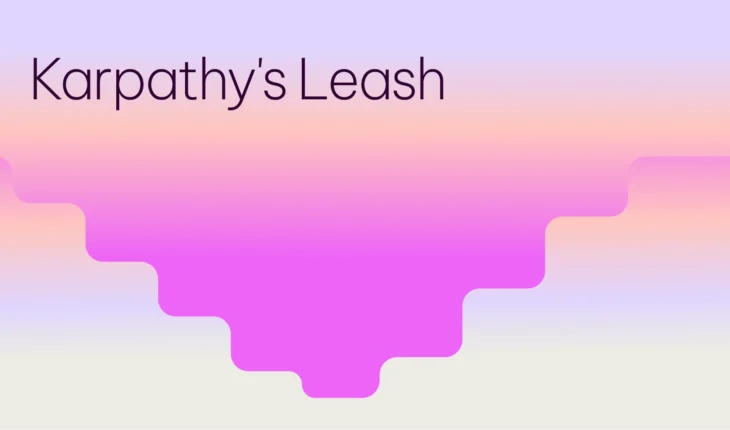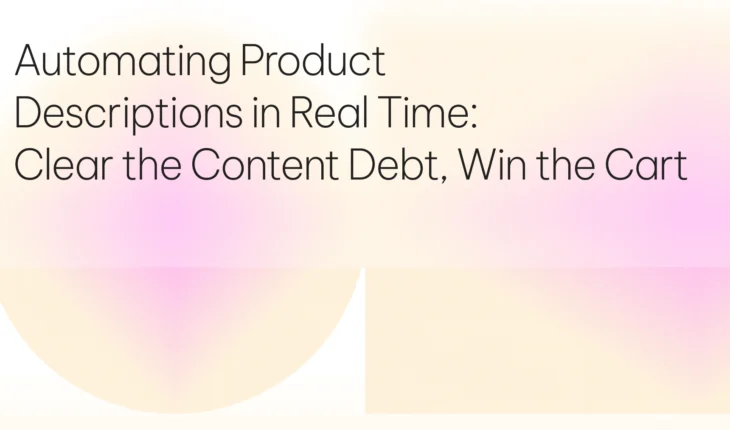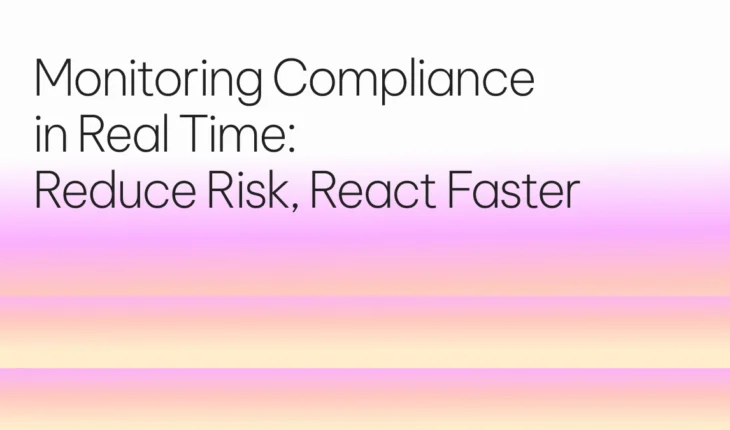Table of Contents

Why Grounding is (Still) the Bedrock of Enterprise AI
Today’s enterprise leaders have moved far past the initial hype of what Generative AI can do in a lab and are now asking how the technology can drive measurable business value in a risk-managed production setting. Yet even amid the remarkable advancements of this past year’s AI models, enterprises deploying them still cite hallucinations as the number one challenge.
Grounding might be an “old” topic in an industry as fast-moving as AI, but it remains the confidence layer that transforms Generative AI from a speculative R&D project into a board-level strategic investment. It ensures AI systems operate not on the vast, generic information of the public internet, but on the specific, timely, and authoritative reality of your organization. For leaders tasked with deploying AI at scale, understanding grounding is a strategic imperative directly linked to risk mitigation, enterprise-wide trust, and return on investment.
In this blog post, we’ll define grounding, explore why faithful LLMs matter for enterprise ROI, review current challenges to grounding LLMs, and share some tips to choose an LLM that is better at grounding.
Defining grounding: from general knowledge to enterprise intelligence
At its core, an LLM is a sophisticated reasoning engine, not a data repository. Its knowledge is static, frozen at the point of training, and generic, lacking any awareness of an individual organization’s private data or unique context. An LLM may write a sonnet about supply chain management, but it knows nothing about your supply chain.
The single greatest obstacle to widespread enterprise AI adoption is the tendency of LLMs to generate responses that are plausible but entirely incorrect. Hallucinations are a byproduct of how LLMs work, generating the most likely sequence of words without an inherent concept of truth. For an enterprise, the consequences of acting on hallucinations can range from damaged brand reputation to significant legal and financial liability.
An LLM that is good at grounding bridges the model’s linguistic capabilities to the concrete context of a specific enterprise, while mitigating against the risk of hallucinations. A well-grounded system constrains the LLM with specific, external information and instructs it to base its responses exclusively on that provided context, rather than its training data. In other words, it stays faithful to its context.
The most prevalent technique for this is Retrieval-Augmented Generation (RAG). In a RAG pipeline, a user’s query first triggers a retrieval system to search the organization’s trusted data sources—a CRM, internal wikis, or databases—for relevant information. This retrieved, up-to-date information is then sent to the LLM with the original query. The model then generates a final answer that is fully grounded in that surfaced information. This ensures the output is verified, current, and consistent with the business’ operational reality.
A RAG-powered chatbot’s process looks something like this:

Crucially, this process also introduces a layer of auditability. A well-grounded AI system can provide source attribution for its responses, citing the specific documents or passages used. This allows a user to instantly verify the AI’s claims and trace its reasoning, transforming the LLM from an unpredictable black box into a transparent and trustworthy partner. This verifiability is what fundamentally de-risks the AI investment.
This allows a user to instantly verify the AI’s claims and trace its reasoning, transforming the LLM from an unpredictable black box into a transparent and trustworthy partner. This verifiability is what fundamentally de-risks the AI investment.
With grounding, when an LLM receives external data (either through RAG or through a file upload), it knows how to stick to that external data. That said, some models are better at staying faithful to the retrieved answers than others. A faithful LLM—an LLM that is good at staying grounded—allows enterprises to trust that they’re getting reliable responses from their AI systems—both factually correct and aligned with the organization’s unique terminology, use case, and domain.
Building trust and unlocking enterprise ROI
Technology delivers zero value if it is not used. For internal AI tools, adoption is driven by trust. If employees perceive an AI tool as unreliable, they will not integrate it into their workflows, and the promised productivity gains will fail to materialize. Grounding is the bedrock upon which this trust is built. When an employee interacts with a grounded AI system, they receive an answer with its evidentiary basis attached, creating a powerful feedback loop of confidence.
This trust has a cascading effect, leading to measurable productivity uplifts and a quantifiable ROI. The chart below summarizes why grounding matters to AI leaders in the enterprise:
| Business Driver | Proof point |
| ⬇️ Reduce reputational and legal risk | Google’s parent company Alphabet lost $100 billion in market value after its Bard chatbot produced a factual error in its first demo. |
| ⬆️ Increase internal adoption of AI tools among employees | 50% of US employees cite inaccuracy as a concern associated with Generative AI—the second-largest concern, right after cybersecurity, at 51%. |
| ⬆️ Increase organizational productivity | LinkedIn deployed a RAG system for its customer service team for approximately six months and reduced the median per-issue resolution time by 28.6%. |
These examples illustrate a clear pattern: AI that is reliably grounded delivers returns that are measurable and strategically significant.
Navigating the challenges of grounding
While grounding is incredibly useful, implementing it effectively in production reveals a host of sophisticated challenges. Moving from a proof-of-concept to a robust, scalable, and trustworthy grounded AI system requires navigating a complex landscape of trade-offs in evaluation, retrieval, and model behavior.
A foundational challenge is the difficulty of objectively measuring grounding. While there is no single metric that perfectly captures overall quality, a notable public benchmark is FACTS Grounding from Google DeepMind and Google Research. FACTS evaluates the ability of LLMs “to generate factually accurate responses grounded in provided long-form documents, encompassing a variety of domains.”
FACTS supports up to 32,000 tokens and has a two-phase evaluation: a response is judged on helpfulness and on factual accuracy against the document. This prevents models from “gaming” the benchmark with short, safe answers that offer no value. The development of a standardized benchmark like FACTS is arguably as important as the technology itself. It establishes a common, objective language for factuality, giving leaders a quantitative tool to compare models and make confident investment decisions.
Beyond measurement, several other challenges must be addressed to build truly production-ready LLM grounding systems:
- Precision vs. recall: The heart of a RAG system, the retriever, faces a classic trade-off. Recall is the ability to find all relevant information, while precision is the ability to return only relevant information. Tuning for one often compromises the other. Striking the right balance requires advanced techniques like hybrid search, which combines vector and keyword methods, and re-ranking to filter out noise.
- Creativity vs. abstaining: LLMs are valuable because they can synthesize information and produce fluent text. Effective grounding requires taming this creativity, which is also the source of hallucinations, by restricting the model to the verifiable context without stifling its ability to communicate effectively. In high-stakes applications like medicine or finance, an incorrect answer is far more damaging than no answer at all. This requires moving beyond the default behavior of LLMs, which are trained to always be helpful, and implementing Abstention Ability, or the capability to recognize when there’s no sufficient information and to gracefully decline to answer.
- Latest information vs parametric memory: Knowledge conflict occurs when fresh information from the RAG system conflicts with the LLM’s older, internal knowledge from their training. In these cases, the model may ignore the provided context and default to its own memory. Mitigating this requires selecting LLMs that are better at faithfully following instructions to prioritize sourced truth.
Balancing factuality, efficiency, and cost
Successfully navigating these challenges requires an LLM that is intentionally built for enterprises and their production-ready workflows. The best faithful LLMs achieve high marks in factual accuracy and contextual coherency while maintaining low latency and costs. Balancing between these three factors ensures an LLM is truly usable at scale: trusted by stakeholders and aligned with budgetary requirements.
A faithful LLM that achieves all three is particularly well-positioned for use cases that require domain-specific, trustworthy responses, a quick turnaround, or processing a large volume of documents at once. This can include:
- An intelligent enterprise assistant: Enable employees to ask questions in natural language and instantly receive accurate, context-based answers drawn from a wide range of trusted sources—whether it’s internal documents, public records, or web content. For example, a product manager could quickly search past PRDs, user feedback, and A/B test results scattered across dozens of documents to understand the complete history of a feature.
- Due diligence and contract review: Query deal documents or historical contract records for specific clauses and terms to aid drafting and negotiation. For example, in-house counsel could quickly search across thousands of pages of past contracts, financial statements, and public records to inform their recommendation while meeting tight deadlines.
- Technical manual QA: Query a corpus of machinery documentation (e.g. user manuals, repair guides, past incident reports, and sensor logs). For example, in the event of a malfunction, an engineer could instantly troubleshoot and resolve the issue.
Organizations operating in highly regulated industries, where meeting stringent data privacy requirements is table stakes, want a faithful LLM that can be privately deployed, whether that’s in a Virtual Private Cloud (VPC), on-premise, or even in an air-gapped environment. This ensures the organizational information shared with the model stays fully within the organization’s boundaries and minimizes the risk of accidental data leakage.
An LLM Built for Grounding
At AI21 Labs, we built our Jamba family of open models with factuality, efficiency, and cost at the forefront.
Continuous, measurable improvement shows our commitment to providing enterprise-grade models. Our latest release, Jamba 1.7, specifically enhances grounding, as measured by the FACTS benchmark, representative of our continuous focus on building LLMs that remain faithful to their given enterprise context.
Jamba also features a 256K-token context window, one of the largest available among open models, fundamentally improving the quality of RAG. Instead of retrieving tiny, fragmented “chunks” of text and hoping the right snippets are found, developers can feed entire documents or large, coherent sections to Jamba. This dramatically increases the probability of capturing all relevant information and allows the LLM to produce far more nuanced and accurate answers, especially for complex queries that require synthesizing information from multiple documents.
Finally, there’s Jamba’s core innovation: its novel hybrid architecture, which combines Transformers and State Space Models (SSMs), specifically Mamba. This synthesis delivers the best of both worlds: the high performance of Transformers and the efficiency of SSMs, which excel at processing long sequences of information.
Building your future on a foundation of trust
The promise of generative AI for the enterprise can only be realized with demonstrably trustworthy, reliable, and secure technology. Superior grounding is the core technical discipline that delivers this foundation of trust, navigating complex challenges to achieve an LLM engineered from its very architecture for the realities of enterprise deployment.
The journey from a promising AI pilot to a production-grade capability requires not only the right technology but also the right expertise. We invite you to consult with our team of experts. Together, we can explore how Jamba’s industry-leading grounding performance can de-risk your AI initiatives, build a lasting foundation of trust, and unlock the full potential of generative AI for your enterprise.


